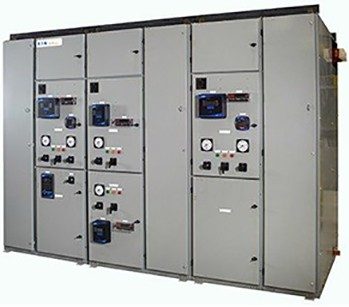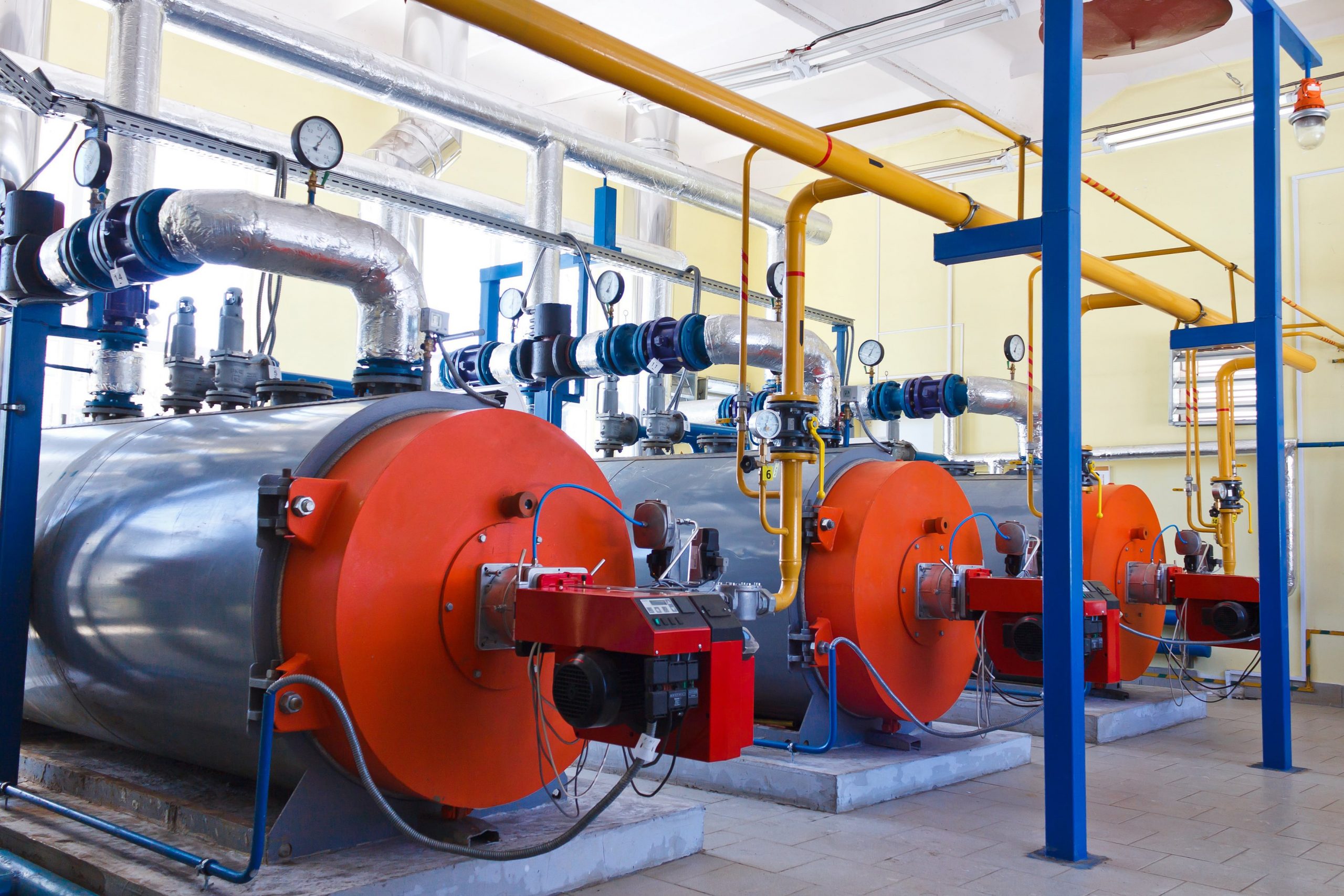What is Biomass Solid Fuel?
Biomass refers to organic matter that comes from plants and animals. It includes waste from agriculture, forestry and related industries as well as the by-products of processing timber and wood pulp. Biomass has historically been an important energy source, primarily through direct combustion for heat.
Types of Biomass Solid Fuel
Wood Chips and Pellets – Wood chips and pellets are one of the most common types of Biomass Solid Fuel. They are made from wood by-products of forestry, sawmill and pulp industries. Wood chips and pellets are basically compressed and densified wood particles that can be burned to produce heat energy. Their high energy density and uniform size and shape make them easy to handle, store and transport compared to raw woodfuel sources.
Agricultural Residues- Agricultural residues are biomass materials left over from harvesting and processing agricultural crops such as corn, wheat and sugarcane. Common agricultural residues used as biomass fuels include corn stover, wheat straw and sugar cane bagasse. These fuels provide an efficient way to utilize waste from farming activities. They have lower moisture content than raw crop by-products, making them suitable solid fuels.
Energy Crops- Energy crops refer to fast-growing plants cultivated specifically for use as fuel. Popular energy crops include switchgrass, miscanthus, bamboo and short rotation trees like willow or poplar. They have high yields on marginal lands and require little agricultural inputs. Energy crops are sustainable, renewable sources of biomass that do not compromise food production. Their combustion can generate heat, electricity or produce liquid fuels through conversion processes.
Using Biomass as Fuel
Thermal Conversion- Direct combustion is the most basic way to convert Biomass Solid Fuel into an energy source. In thermal conversion processes, biomass is burned at high temperatures in specialized boilers to generate heat. The steam produced can then power turbines for electricity generation or be used for district heating, industrial processes and building heating/cooling applications.
Gasification- In biomass gasification, biomass is partially combusted with limited oxygen supply to produce syngas – a gaseous mixture of carbon monoxide, hydrogen and other gases. The syngas can fuel engines for combined heat and power (CHP) applications or be further processed into transportation fuels. Gasification is a cleaner process than direct combustion as pollutants can be more easily controlled.
Pyrolysis- Pyrolysis involves heating biomass in the absence of oxygen to produce bio-oil, syngas and biochar. Bio-oil can substitute for fuel oil in furnaces or boilers while biochar has various agricultural and industrial uses. Pyrolysis is still emerging but offers a flexible way to utilize biomass resources.
Anaerobic Digestion- In anaerobic digestion, biomass is broken down by microorganisms in oxygen-free environments to produce biogas – a methane-rich gas. Biogas can fuel cooking stoves, boilers, gas engines and generators for combined heat and power. The by-product digestate offers value as fertilizer. Anaerobic digestion is suitable for wet biomass wastes.
Benefits of Using Biogas solid fuels
Renewable Source- Biomass is a renewable source of energy since plants and trees regrow through photosynthesis and the organic carbon fixed is eventually released back to the atmosphere in a closed carbon cycle. This makes biomass fuels sustainable in the long run.
Carbon Neutral- When biomass is burned or converted to fuels, the carbon dioxide (CO2) released is recycled by new plant growth, resulting in near zero net greenhouse emissions over the fuel’s life cycle. This property makes biomass a carbon neutral alternative to fossil fuels.
Domestic Source- Biomass fuels can often be sourced locally from agricultural and forestry by-products, reducing dependence on imported fossil fuels. Their decentralized production also promotes rural/local economies.
Waste Utilization- Biomass offers an efficient way to utilize organic wastes from various sectors that would otherwise end up in landfills. This waste-to-energy approach provides environmental benefits.
Biomass can be combusted directly for heat and power generation or converted into gaseous, liquid and solid biofuels for diverse applications in transportation, industry and buildings. This versatility expands biomass utilization potential.
*Note:
1. Source: Coherent Market Insights, Public sources, Desk research
2. We have leveraged AI tools to mine information and compile it



